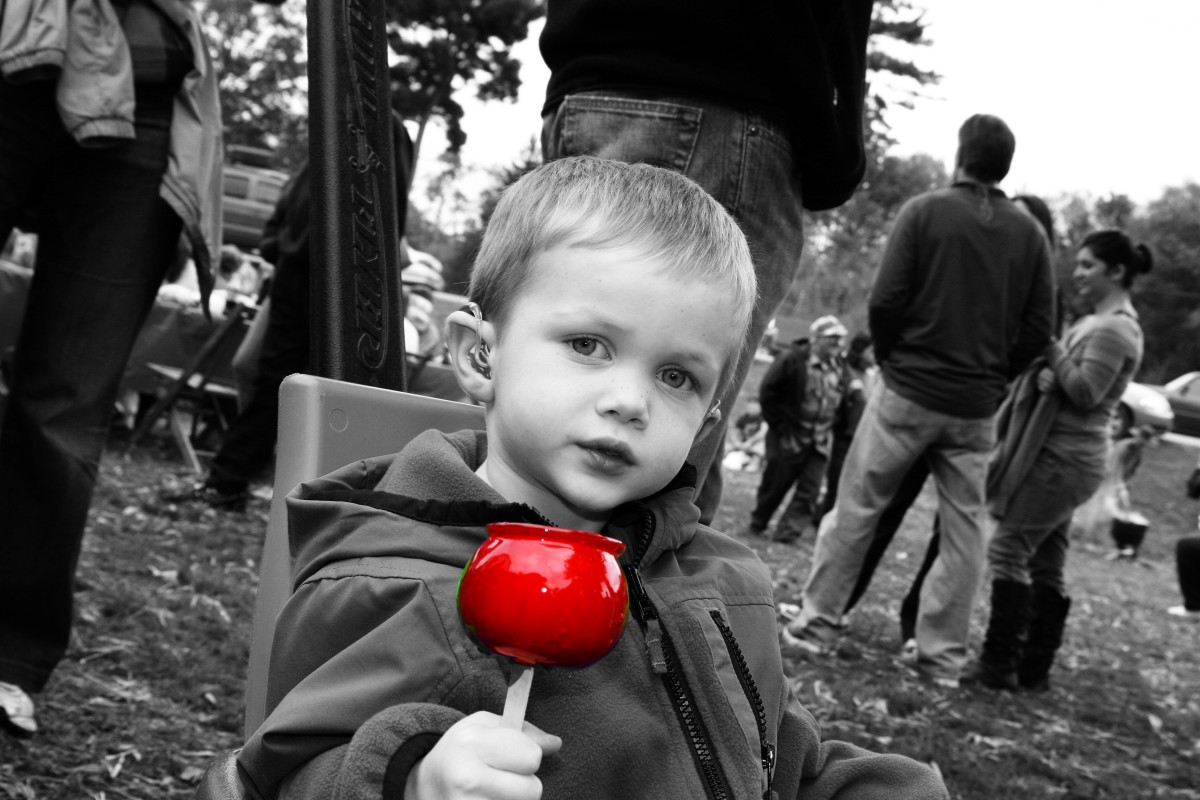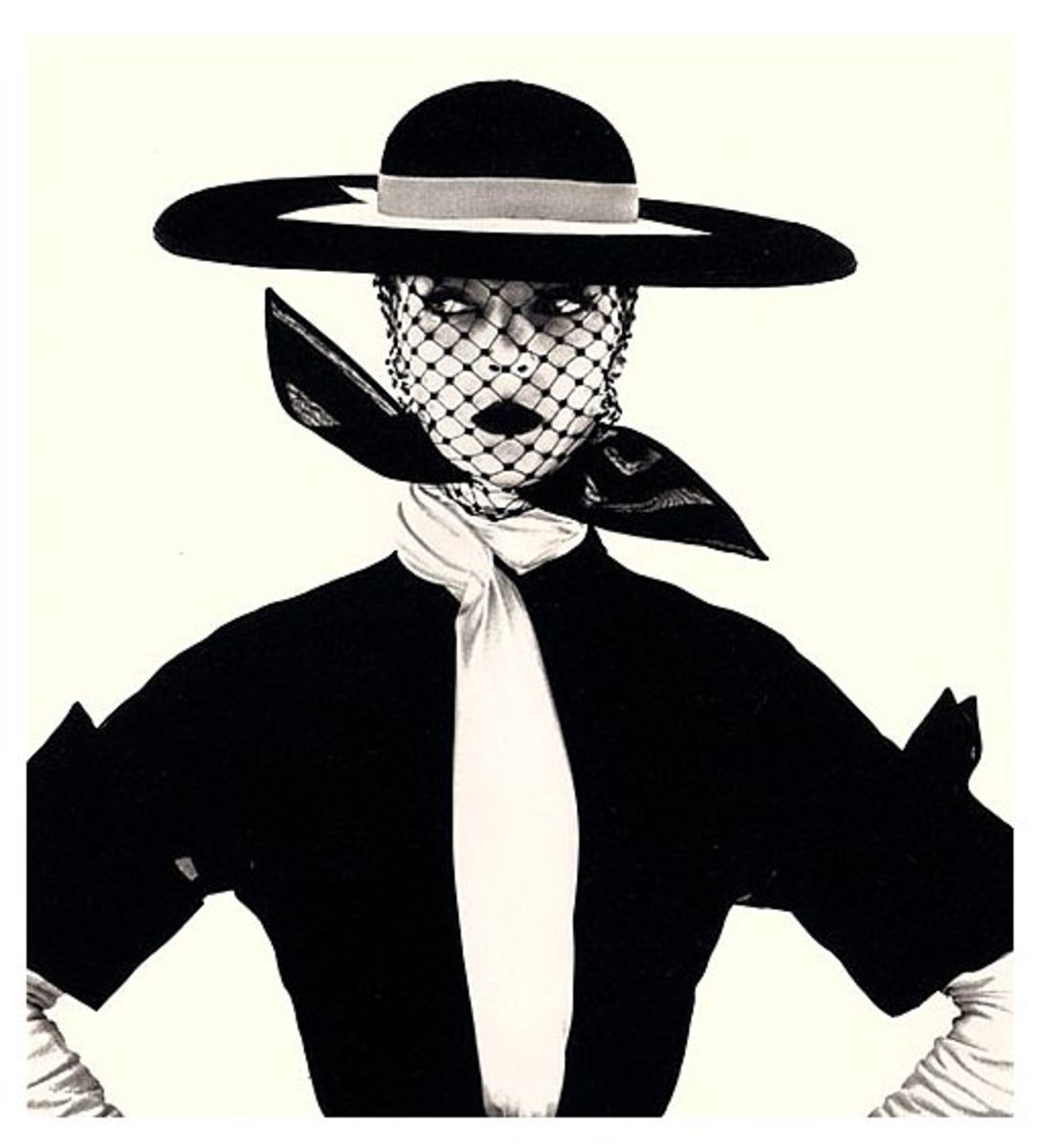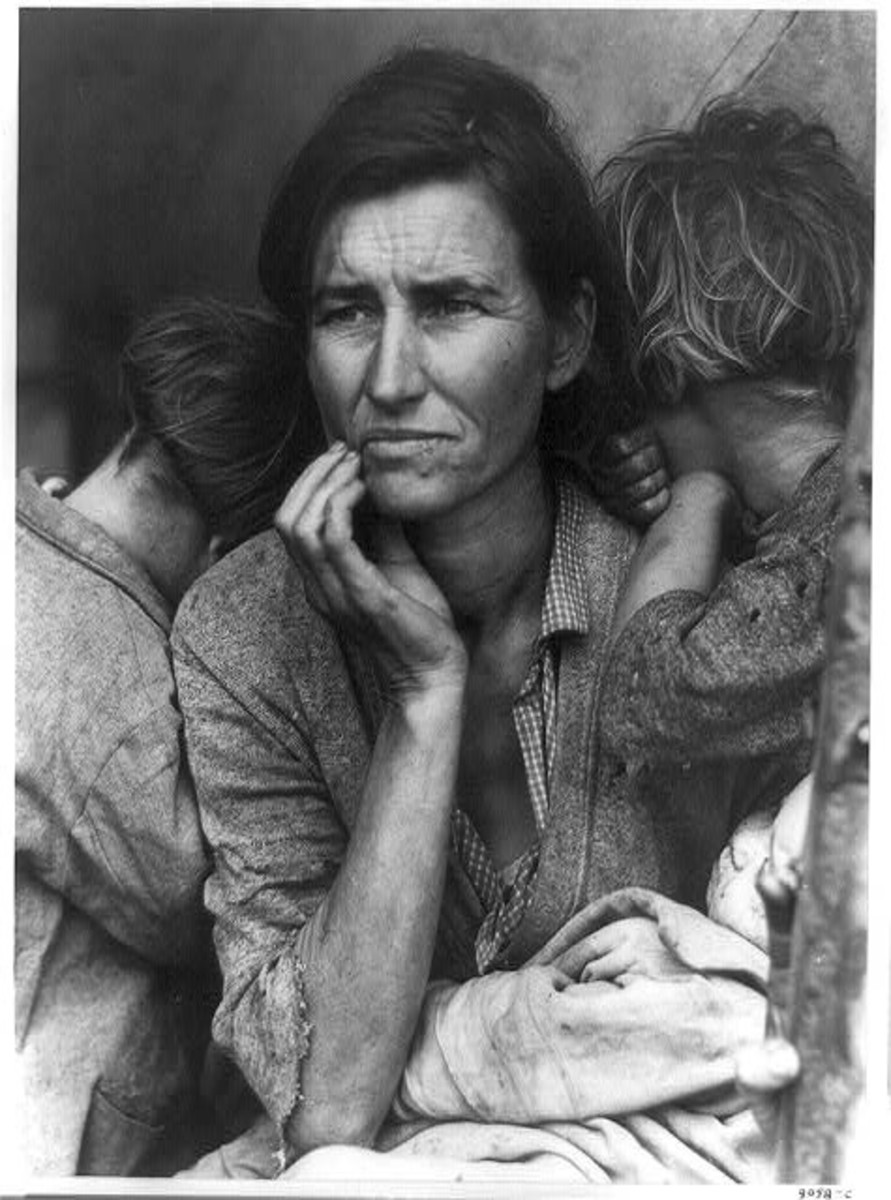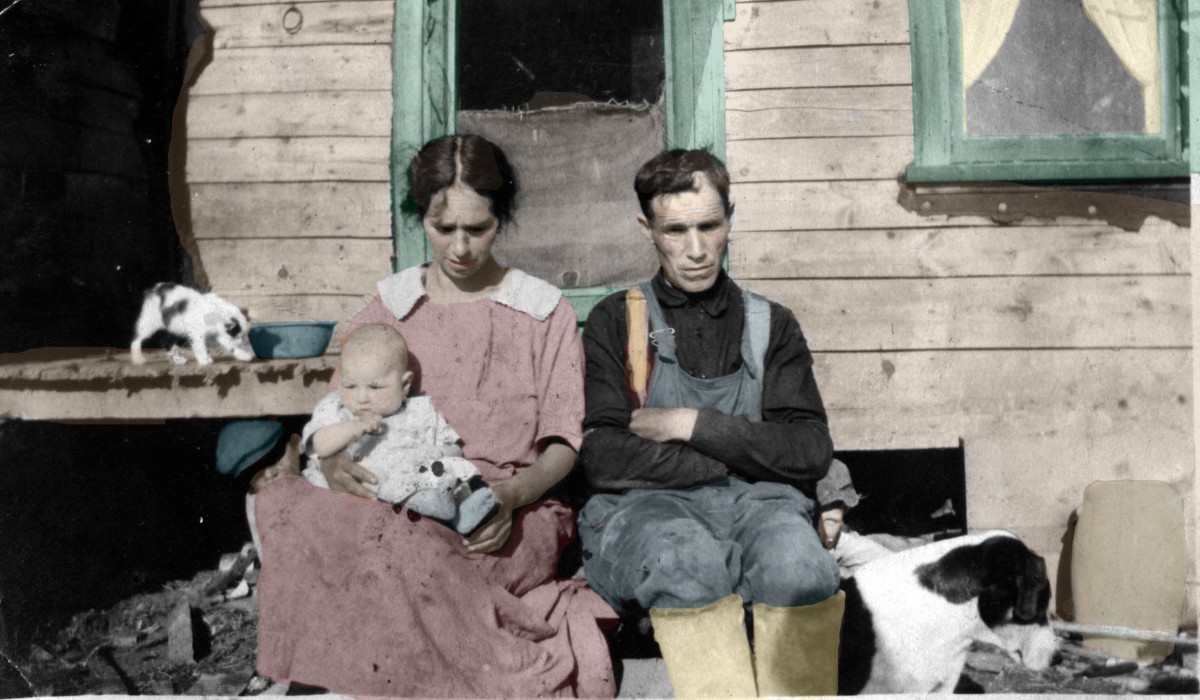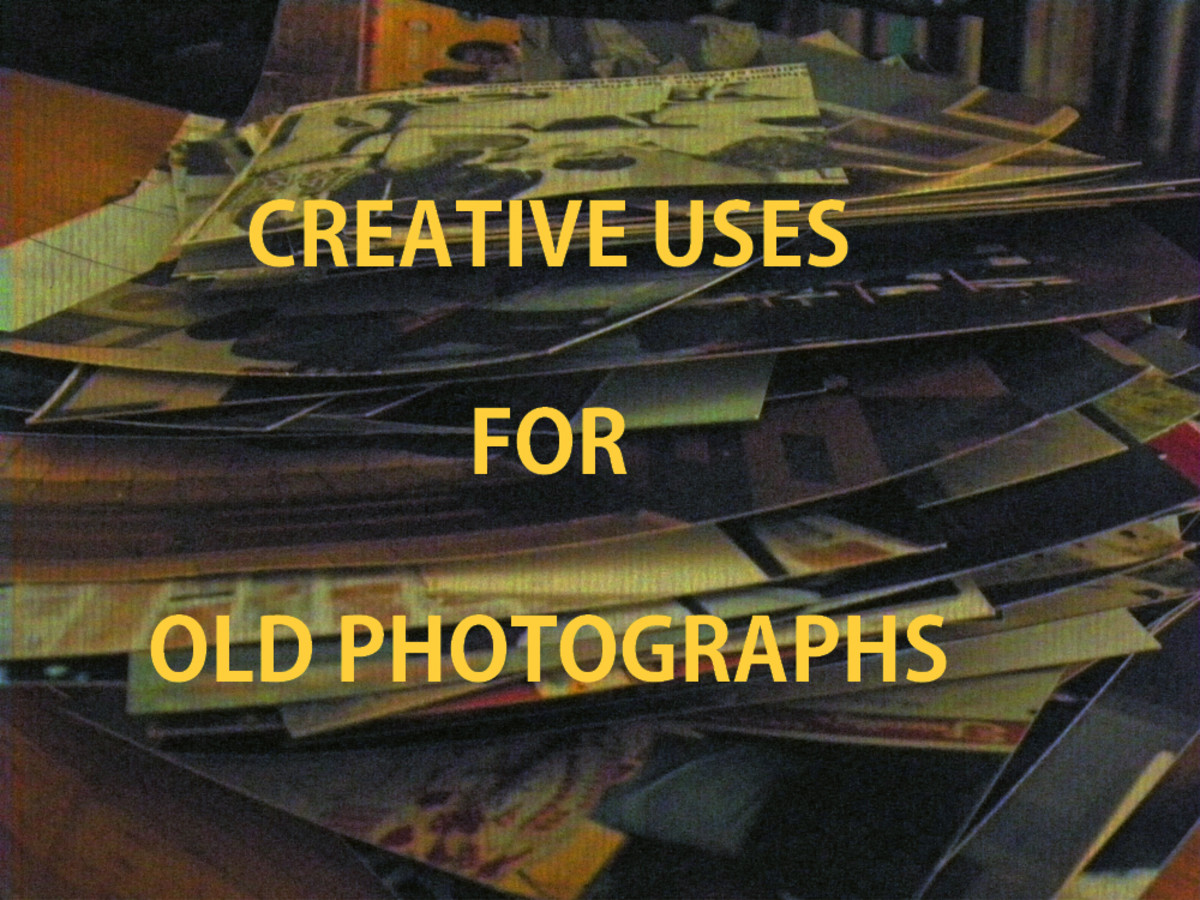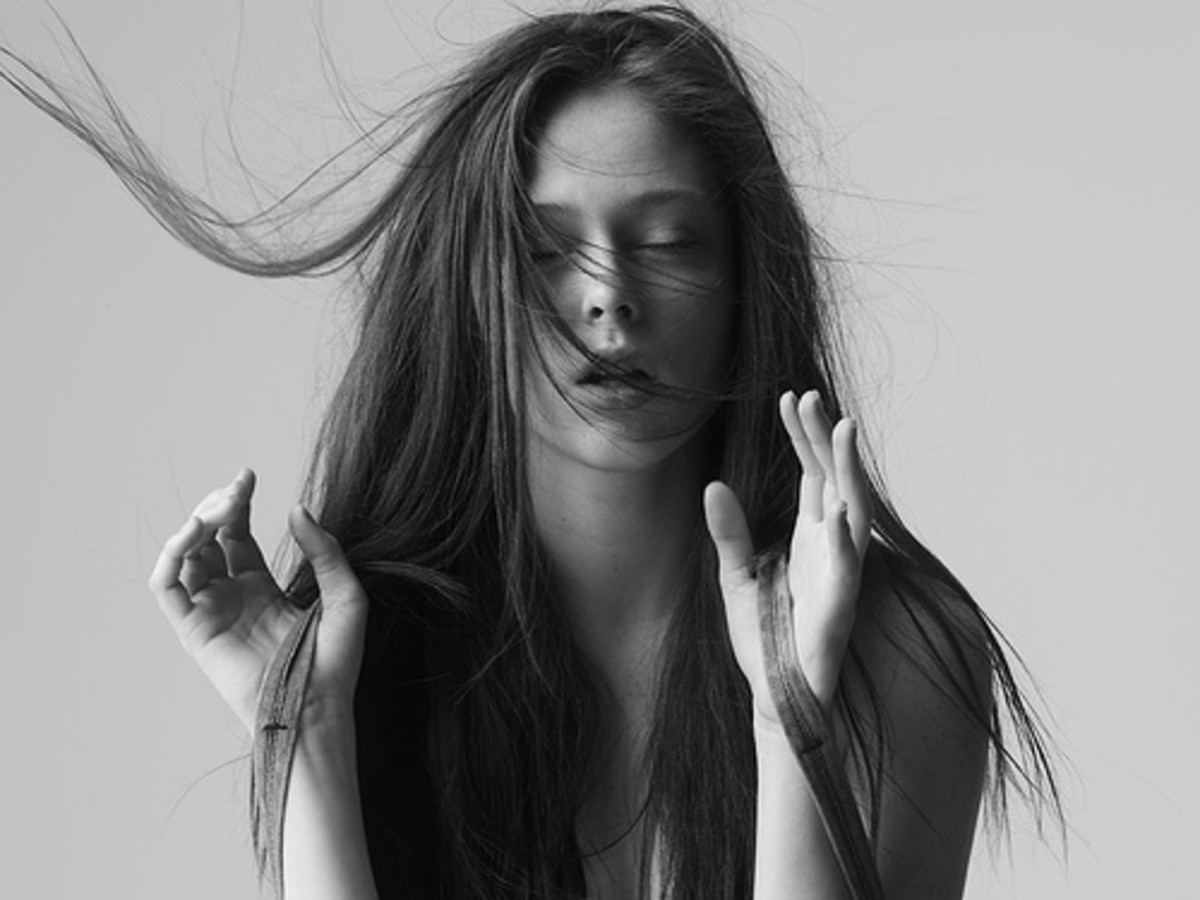Black and White Photography: A Dying Art
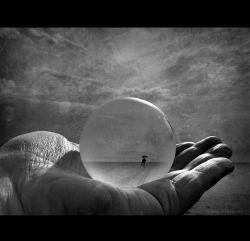
Black and White Photography: A Dying Art
Black and White Photographs hold a particular mystery and timelessness about them. They can touch the souls of those viewing them. Of course, many people will argue that the same could be said for colour photographs.
However, colour photographs do not seem to hold the same 'timeless' feeling one gets when viewing black and white pictures. Indeed, black and white photographs can transport the viewer back to the past more readily than any colour photograph could. Read the following article and see if you agree or not.
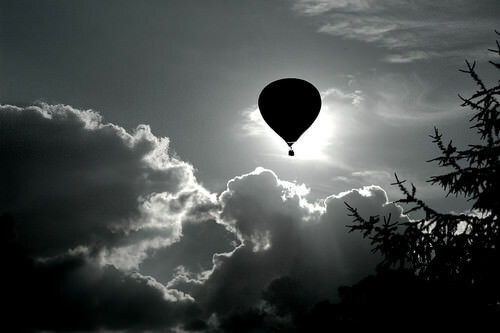
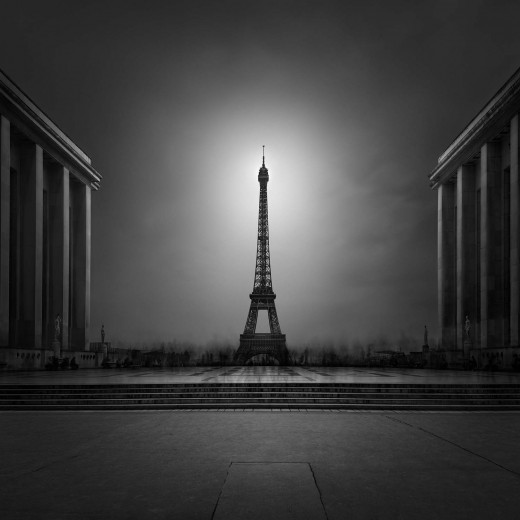
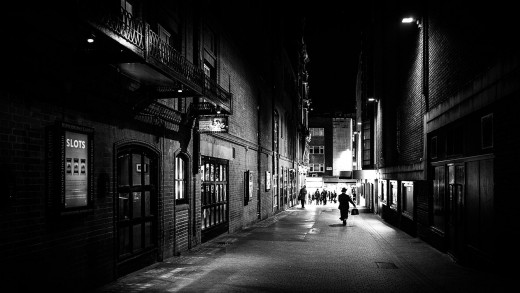
Black and White Photography
A Dying Art
Black and white photography is a dying art. For that matter, it could already be dead in its most valid form. In the time of digital cameras, when the need for a darkroom to develop negatives and prints has now passed, the traditional way of photography has been lost. Of course, many people still refuse to replace their mechanical cameras with the more lightweight and compact digital models. These people prefer photography the way it has always been done.
And there are many black and white enthusiasts among them, too - myself included. It does seem that b/w photography has become a dying art form now. And, like everything else, it has fallen victim to the progression of the computer and digital age, in which instant pictures are the 'norm' and not the 'exception'.
One can still produce black and white photographs with digital cameras and mobile devices without any problem whatsoever. However, it is worth noting that something is lacking when shooting with a digital camera. And something has been lost forever.
Although pixilated images of black and white photographs can be beautiful, they are still no match for 35mm black and white film. However, to my mind, black and white film still produces imagery that is crisp, sharp, and defined. Indeed, the final image is beautiful. Of course, one must have some understanding of how light and shadows interact under certain conditions. Furthermore, one must have a basic knowledge of shutter speeds and aperture settings as well.
And I can certainly tell you that when I first began taking up photography as a hobby, I struggled with aperture and shutter speed settings constantly. I couldn't figure out the relationship between the aperture and shutter speed to get correctly exposed negatives time and again. My prints were either coming out too bright [over-exposure with a chronic lack of detail] or under-exposed, with hardly any light at all.
However, knowing the basics of taking photographs - which I now do - the final image will always be one of beauty. However, shooting pictures using black and white film can also enhance not just the beauty of a face in portrait photography, but also the harshness of a face.
Portraits of people experiencing homelessness, fishermen, farmers, miners, railway workers, seamen, and old grandmothers and grandfathers—whose craggy lines within their faces are accentuated by black and white film-all tell a story in themselves. Black and white photography, more than any other genre of photography, I feel, can enhance every feature within a face. It is said that a picture is worth a thousand words; this is especially true in the case of black and white film photography.
Furthermore, the image itself was produced traditionally, as it has been done for years, within a darkroom, using an enlarger. Traditionalists of photography - and the black and white genre [which is what I am, a 'traditionalist] will never take to digital cameras, even though they can produce near film-quality black and white prints.
Digital cameras, as good as they are, still have some way to go before they can capture that essence within a black-and-white image. This is the essence that one experiences when using a mechanical film camera loaded with 35mm black-and-white film. Everything comes together, the camera itself, the film, the darkroom, developing fluids and the fixer.
All this, if you are a skilled photographer, produces imagery that has stood the test of time—and will continue to do so. Black and white photography may have been overshadowed by the progression of photographic technology in the 21st century. In stating that fact, there are still enthusiasts and lovers of black and white film photography, including myself, who refuse to let go.
Indeed, when one is working with black and white film inside their camera, there is no other feeling like it for a photographer. Because when taking photographs with black and white film - usually 35 mm, which is the most common type of film a photographer can get - you are then working with the best in film quality. The film's cost-effectiveness is another factor that makes it worthwhile to work with.
However, if you are one of those people who want a point-and-shoot camera, without the intricacies of having to work out shutter speeds and aperture settings, then that is fine. It is each to their own. However, if you're interested in delving a little deeper into photography, you may be surprised to find that it's not all about point-and-shoot. There is a depth to the subject that can really 'hook' you. If you have a love for cameras, taking pictures, and a preference for predominantly black-and-white photographs, then this genre is definitely for you.
Photography is an art form, and it is all about painting with light. Indeed, the very word 'photography' actually means, 'painting with light'. This article is intended for those who appreciate the traditional approach to photography, enjoy black-and-white images, and prefer using and shooting with mechanically driven cameras.
As I have stated, it is also meant for lovers of the black and white genre who long to take and develop photographs the way they have always been done in the past - within a darkroom, with developer, fixer and water. This process, in itself, is an art form, from shooting the film to developing it.
Many people believe that black and white film is no longer available, but they couldn't be more wrong. You can still purchase black and white film online for your use, along with developing fluid, fixer, and developing paper. If you want to take pictures using 35 mm film, then check out the many photographic Internet sites that still sell black and white film.
Furthermore, if you fancy purchasing a quality, second-hand single-lens reflex film camera—or a twin-lens reflex camera—then this is truly the traditional way of taking pictures. This will be without the mod cons of computers and digitally driven cameras. You will be going back to the 'traditional' way of taking photographs. Having to work out your own shutter speed and aperture settings to gain the effect you want, rather than letting a computerised, digital camera do it for you.
You will also be keeping the art form alive for traditionalists of photography—and especially for black and white photographic enthusiasts everywhere —if you then use black and white film to perfect your art. Whatever it takes to keep the art of black and white alive, it must be done.
The plethora of digital cameras nowadays far exceeds that of film cameras. I think that although I can take great black and white photographs with digital cameras, it's just not the same. There is something 'missing'. I believe it is three major things here: the film itself, the heaviness of the cameras, and the 'quality' of the cameras.
I don't like the 'feel' of today's cameras. They feel 'cheap' and I don't like that at all. They are too light, and a significant amount of plastic is used in their production. Of course, no one wants to carry around heavy lumps of lead within their camera bag these days.
Not when they can pick up the latest and lightest design in camera technology. However, traditional photography enthusiasts, like myself, believe that this is all part of what makes photography great. I and many other 'traditionalists' like carrying a heavy film camera around. This is all part of feeling like a 'photographer' [ if that makes any sense]? I feel like I'm really on an assignment when I go out with my film camera. I feel like a photographer, and I AM a photographer.
The film cameras of the past have stood the test of time again and again. They very rarely break down, if ever. They are consistent, and their performance levels, as far as I'm concerned, never drop. 35 mm single-lens and twin-lens film cameras [for many film lovers] know that the quality of those cameras far exceeds that of digital. They are strong, sturdy workhorses that, for me, enhance the genre of black and white film photography.
Black and White Photography - A Dying Art
Black and white photography truly is a dying art form - if it has not already died. Yet, there are still enthusiasts who keep it alive. These are the 'traditionalists' who want nothing to do with the digital age of photography. They want to be able to take their pictures using the traditional methods.
The 'traditional methods' are those of mechanical SLR [Single Lens Reflex] or TLR [Twin Lens Reflex] cameras. Black and white photographic imagery, using 35 mm film, is simply stunning. This article focuses on black and white photography and the traditionalists who are working to keep the art form alive for future generations.

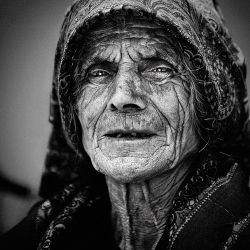
Painting with Light
Use Light Intelligently
Painting with light is what every photographer has to do, especially when it comes to the black and white film genre. Take advantage of every lighting condition you encounter. Don't let bad weather deter you.
There was a time when people would only take photographs when the sun was out. There are many people who still share that sentiment today. Don't be one of them. If you love black and white and enjoy photography, get out there and take pictures.
Capitalise on any given situation, whether indoors or out. Experiment with shutter speeds and aperture settings to produce stunning pieces of black and white artwork. When shooting with black and white film, light, shadow, and textures become even more critical. And these should be enhanced, time and again, to make your black and white shots stand out from the crowd.
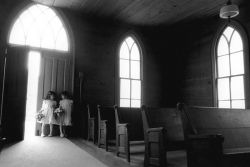
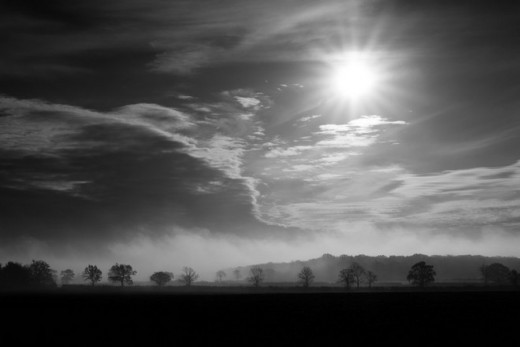
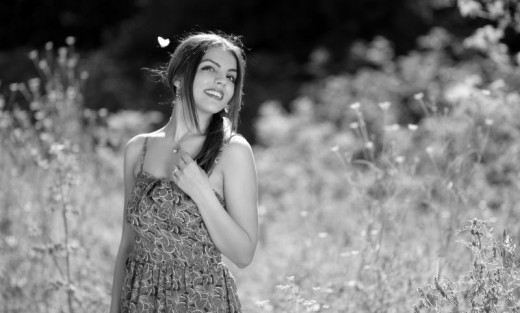
Light and Shadow
Capitalise on Light and Shadow
Light and shadow are the most significant factors within black and white photography. Remember that the creative use of light and shadows can transform your photography from the 'ordinary' to a winner.
Look and take note of every single light condition - whether indoors or out. In photography, especially, you, the photographer, should always be ready for the swift light changes that occur during the day, which can happen virtually instantly.
Four seasons in one day, as the song goes, and that is certainly true when it comes to the weather, especially in England. However, don't confine yourself to daytime shots. Go out at night and shoot too. If not, you will be missing out on some great photographic opportunities.
As a photographer, you should be used to the changes in the weather. So be prepared and cut your cloth accordingly. Should you go one stop up? Or half a stop down? Should you use a 'fast film' or a 'slow film'?
Should you use a fast or slow shutter speed? These factors are what you must constantly work out when using manual mechanical film cameras. Figuring out what shooter speed and apertures to use for shadows and light is extremely important within black and white, I would say even more so than in colour.
This is because with black and white film you are working with blacks, whites and greys [neutral grey]. So, these HAVE to stand out within any form of black and white shot. Speaking about 'exposures'. Exposures are not as critical when shooting with colour film, but they become crucial when shooting with black and white film.

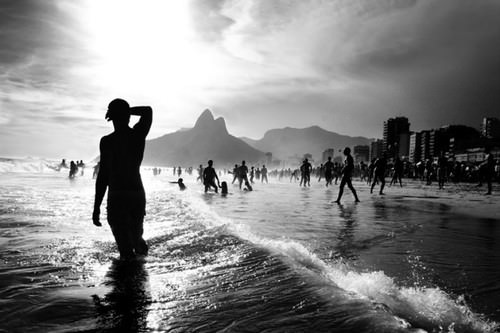
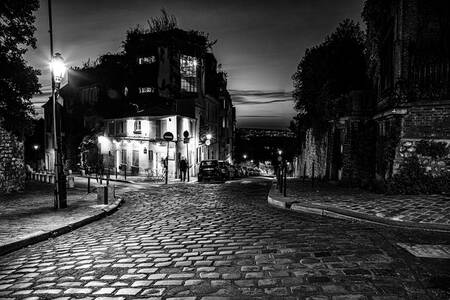
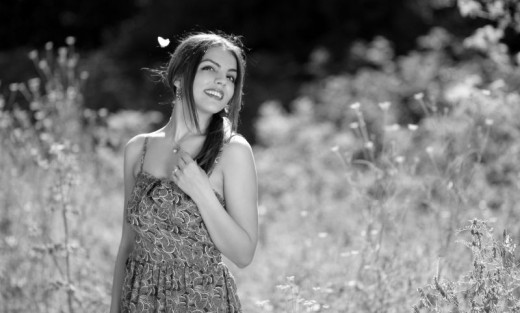
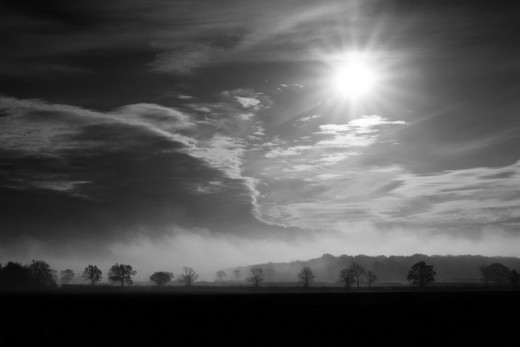
Capturing Time
Nothing captures 'time' quite like black and white photography.
Atmosphere
Give your black white photographs 'atmosphere'. Make people stop and look again at your photographic work.
Sunset - In Black and White
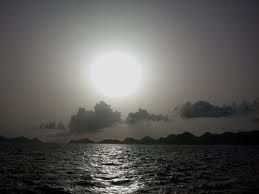
Black and White Photography: A Dying Art
The most important thing when shooting with black and white film is to always strive for creativity. Make your photographs catch the viewer's eye. Do not be put off by weather conditions that, ordinarily, would stop you from going out.
Use the different weather conditions to your advantage. This will then enable you to take some great shots. Shooting in black and white in snow, rain, wind, or misty conditions can yield excellent, creative prints.
Again, time is captured in this wonderful shot of the setting sun over the sea. Black and white film photography captures light and darkness like no other medium can.
Black and White Photography - A Dying Art
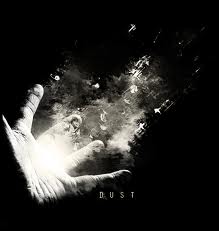
Black and white photographs are exceptional and timeless. As long as people love the black and white genre, the medium will never die out. Taking black and white shots, you, the photographer, have to approach the subject in a manner you may not do when taking colour shots.
You have to take into account the complete lack of colour. This may be a problem for some, but for others with a creative mind, it is an opportunity to take some great shots. You will be working with different shades of light, dark and greys. So, when colour is absent, it has to be replaced by something else... creativity.
Black and White Photography: A Dying Art
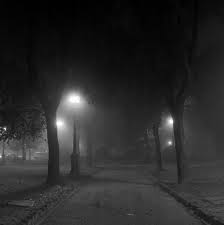
The feeling of isolation is heightened in shots of alleyways or the sea. Black and white is wonderful for this. By clever use of every available light condition - indoors or out, at night or during daylight - you, too, can create feelings of isolation and emptiness.
© 2013 wleon63


